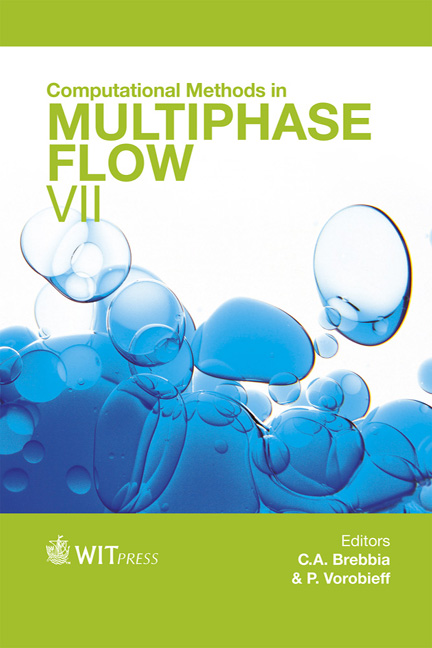Morphology Of Shock-accelerated Multiphase Flow: Experiment And Modeling
Price
Free (open access)
Transaction
Volume
79
Pages
9
Page Range
15 - 23
Published
2013
Size
545 kb
Paper DOI
10.2495/MPF130021
Copyright
WIT Press
Author(s)
P. Vorobieff, M. Anderson, J. Conroy, C. Randall Truman & S. Kumar
Abstract
It was recently observed that vortices develop in multiphase media of non-uniform average density undergoing acceleration. This vortex formation is somewhat akin to vortex roll-up in gases of fluids (single-phase) due to Rayleigh–Taylor or Richtmyer— Meshkov instabilities. Differences in the underlying physics are negligible in the case of sustained modest acceleration (Rayleigh–Taylor instability), where conservation of momentum accounts for different velocities of volumes with different average densities. In the case of impulsive acceleration, the mechanism responsible for the multiphase analog of Richtmyer–Meshkov instability is peculiar to multiphase flow and is explained by post-acceleration interaction of the embedded phase (e.g., droplets) with the embedding phase (e.g., gas). Impulsive acceleration of a multiphase medium can also produce spatial rearrangement of the embedded particles or droplets in accordance with their size, noticeably altering the observed flow morphology. A careful numerical simulation explicitly accounting for the embedded phase behavior is required to faithfully reproduce the experimental results.
Keywords





